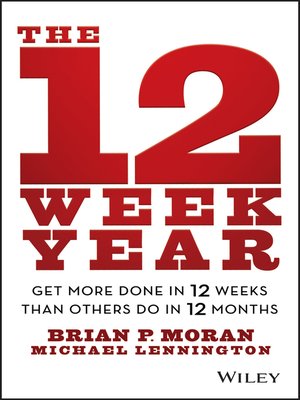As I’ve shared before, the “weekly preview” that I do each Friday is one of my favorite things. It helps me to make sure the coming week is well-organized, it gives me a chance to tidy up any tight spaces, and leaves me feeling good about the week before the weekend hits.
My weekly previews are intentionally inefficient, and that’s what makes them great. A big part of the weekly preview is my “weekly sweep” as well, where I dig into my various note systems and make sure that everything has been accounted for.
In reading Brian Morgan’s “The 12 Week Year“, he had a couple of great insights about weekly planning. First:
To use your weekly plan effectively, you will need to spend the first 15 or 20 minutes at the beginning of each week to review your progress from the past week and plan the upcoming one. In addition, the first five minutes of each day should be spent reviewing your weekly plan to plan that day’s activities.
I’ve not written about it here, but the early morning walkthrough of the day is quite helpful to me as well. More importantly, and the reason for this post, was this other thought from Brian:
It is crucial that you construct a week that works on paper before trying to execute it. If you can’t get it to work on paper, then there is no way it will work in actual practice.
There are times when I’m looking at the coming and wonder how I’m going to fit two meetings so closely together. Spoiler: I can’t. If I can’t make them fit together on paper, there’s not way they’re going to work together when the time comes.
This is the beauty of this planning — I can sort out those issues well ahead of time and slide things around to fit. I’d much rather email someone on Friday to push a meeting next week by 30 minutes than to be in the chaos of the moment and need to apologize for being late.
Get it working on paper, and the odds are much higher than it’ll work for real too.




